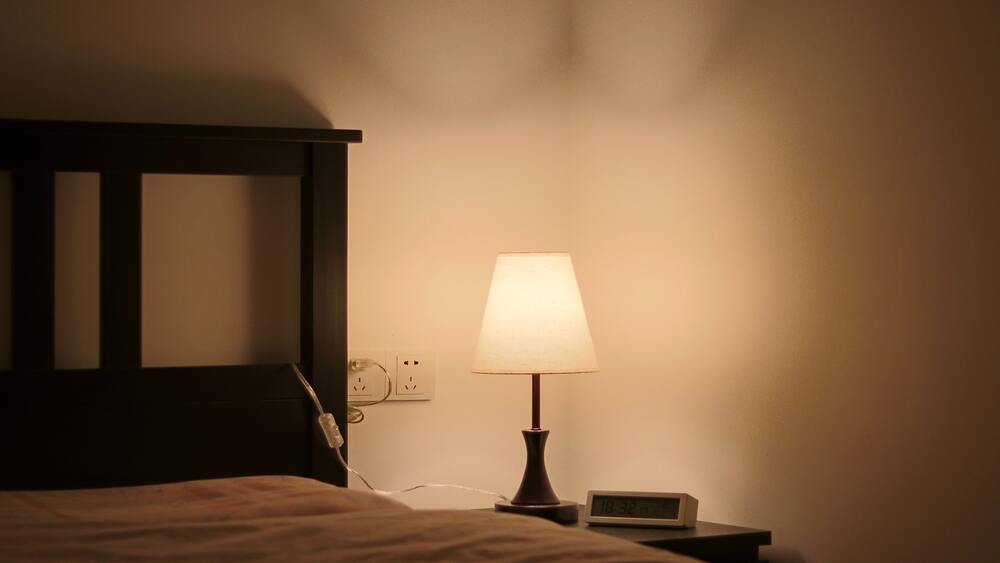Gone are the days of a single pendant lamp lighting your home.
Now we are spoilt for choice. Light fittings come in many configurations letting us to affect the mood and atmosphere of a room. We can accentuate decoration and even have controls to adjust lighting automatically as the evening progresses. Finding a balance between practicality, budget and design have never been easier to achieve. Well-designed lighting for your home will make a huge contribution to the overall feel and ambiance, adding interest and drama.
Here is the Homeowners Club’s primary guide to lighting your home to best suit your style, tastes, and budget.

Kitchen
At first identify the major areas of the kitchen with specific lighting needs; sink, cooking, preparation, and dining areas. The common lighting environments are; ambient, accent, and task.
- Ambient lighting adds a soft and indirect light source, such as a ceiling fixture or skylight. Modern LED strip lighting is energy efficient and can produce pleasing background effects fitted above or below cabinets
- Accent lighting accentuates certain elements to provide the desired mood. Choices include lights in kitchen cabinets or spotlights directed at features. A feature light hung low over the dining room table provides mood and dramatic impact. But remember, glass-topped tables can reflect strong light and cause irritating glare
- Task lighting uses spotlights, recessed, or track lights to light working areas
Kitchens are used extensively so use energy saving LED lamps and fittings.
Dining Rooms
For dinner parties, dimmed background lighting combined with candles forms a relaxed environment. Wall lights or discreet up-lighters are ideal.
Add brighter task lighting for when it is used as a study or hobby area. Dimmer switches are worth fitting.
Bedrooms
A bedside table or separately switched wall lights on each side of the bed are a must to create sufficient light levels for reading but also consider less intrusive lighting for TV watching. A well-positioned mini table lamp or wall lights for a dressing table will help illuminate the face, eliminate shadows and enhance the overall scheme. Use a brighter center light or downlighters when trying on clothes.
Bathrooms
Nowadays, we invest thousands in installing luxury bathrooms. The lighting here can also be creative. Downlighters provide practical lighting for building up and shaving. More subtle ambient lighting can help you to relax in the bath. It is useful to have light forward of the body at a bathroom mirror to create a bright and clear shadow-free reflection.
Observe strict regulations on lights and fittings for damp areas.
Living Room
In the living room use ceiling fittings and wall lights to help provide ordinary background illumination. Plaster up-lighters are low cost and are particularly effective in providing better light levels without reflecting in television screens, they can be painted to match wall colors. Strategically put a table and floor lamps add a sense of space and enhance any lighting scheme, providing atmosphere and interest as well as placing light where other light sources may not reach. Halogen floor standing up-lighters are particularly good for providing high levels of ambient light when ceiling or wall lights are uncommonly used. A good reading light will be directional and have sufficient brightness.
Highlight pictures, books and other objects by using picture lights.
Study
In the office, specifically, illuminate the desk area. Halogen lighting sharpens the contrast between black and white and accentuates color, making the working area more efficient as well as reducing eye strain when working with a computer
General lighting tips
Do not rely on one source of light alone to light a room – it creates a very harsh contrast which can be tiring to the eyes
Multiple layers (Ceiling, Wall, Table, or Floor Lamps) of the light give atmosphere by creating different areas of light to gain versatility and flexibility in your lighting scheme.
Adding dimmer switches increases the effects possible
LED lights are energy efficient. These are available in a wide choice enabling you to change traditional tungsten incandescent bulbs. Look for warm white and dimmable versions, don’t use non-dimmable versions in circuits with a dimmer
Keep hallway lighting relaxed and non-intrusive with a table lamp, use with a time-switch and an energy-saving bulb
Always double-check the maximum wattage for lampshades to avoid burning
If you are at a pre-decorated stage look at all wiring and the positioning of plug sockets so you can place a table or floor lamp just where it is needed
Consider color- rooms with very dark color schemes will absorb light requiring a higher wattage, but neutral or white have high reflective qualities
The color properties of bulbs are vital. Fluorescent light is cold and inhibits the natural color of objects making it more suitable for utility-type purposes. LED and halogen bulbs are preferred for main living areas as they are warmer in color, and allow the objects they illuminate to be shown in their natural tones
Refrain from installing a light fitting to low ceilings. Flush and Semi-Flush could always look better.
